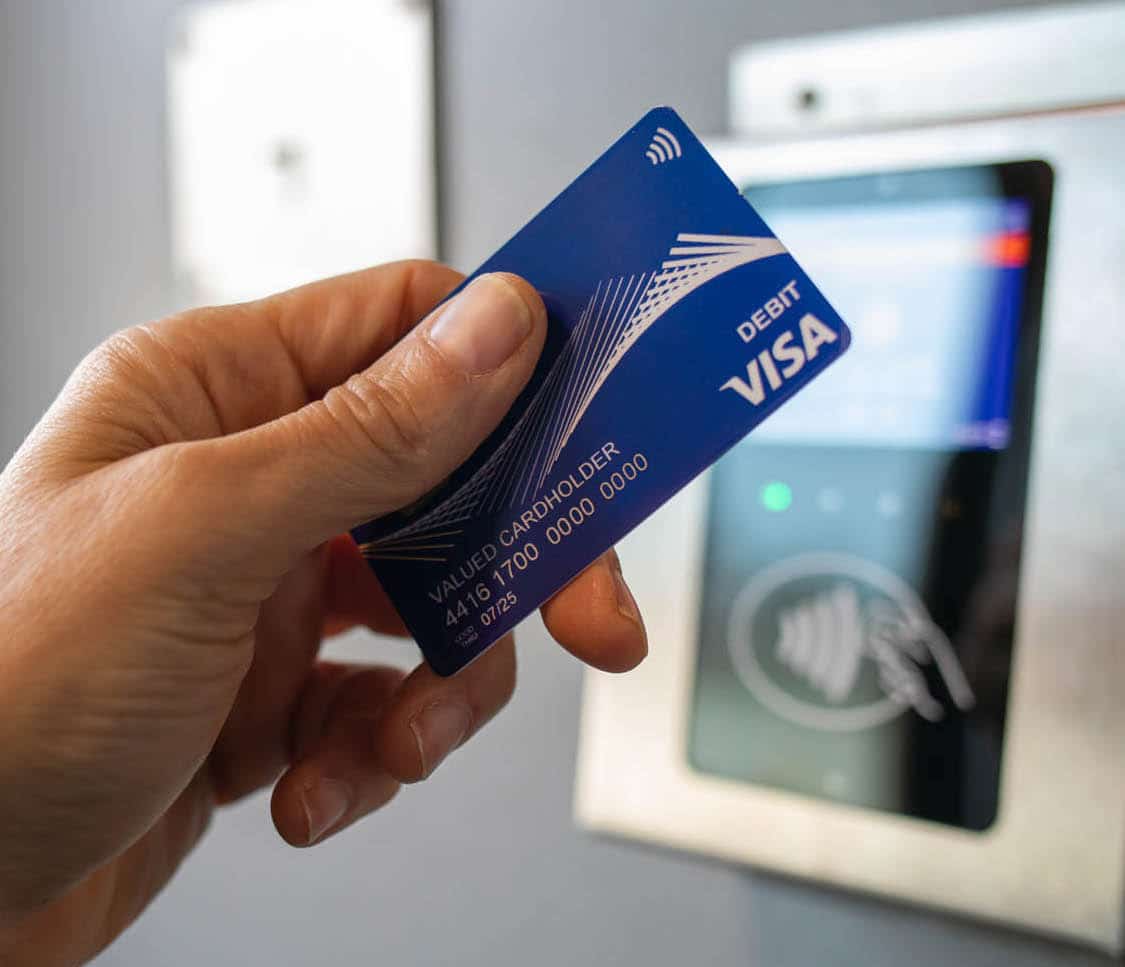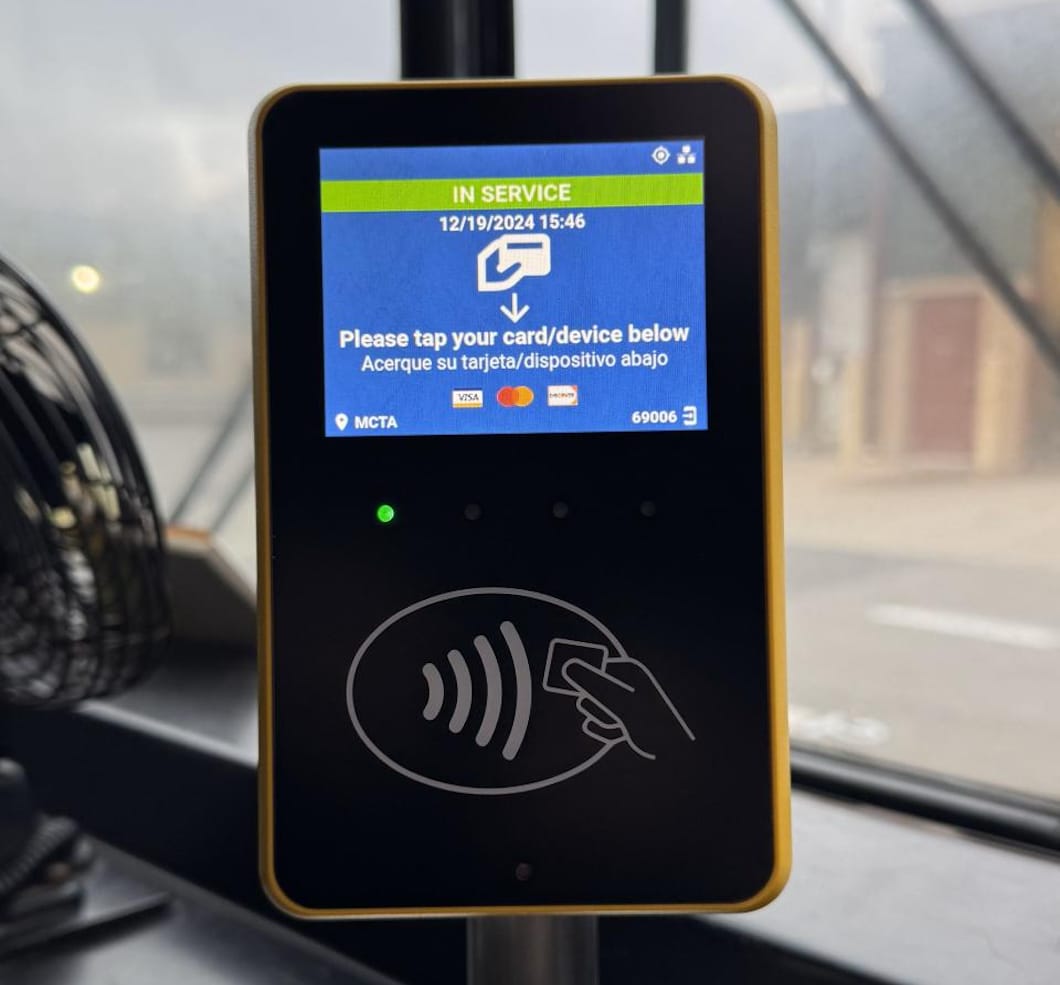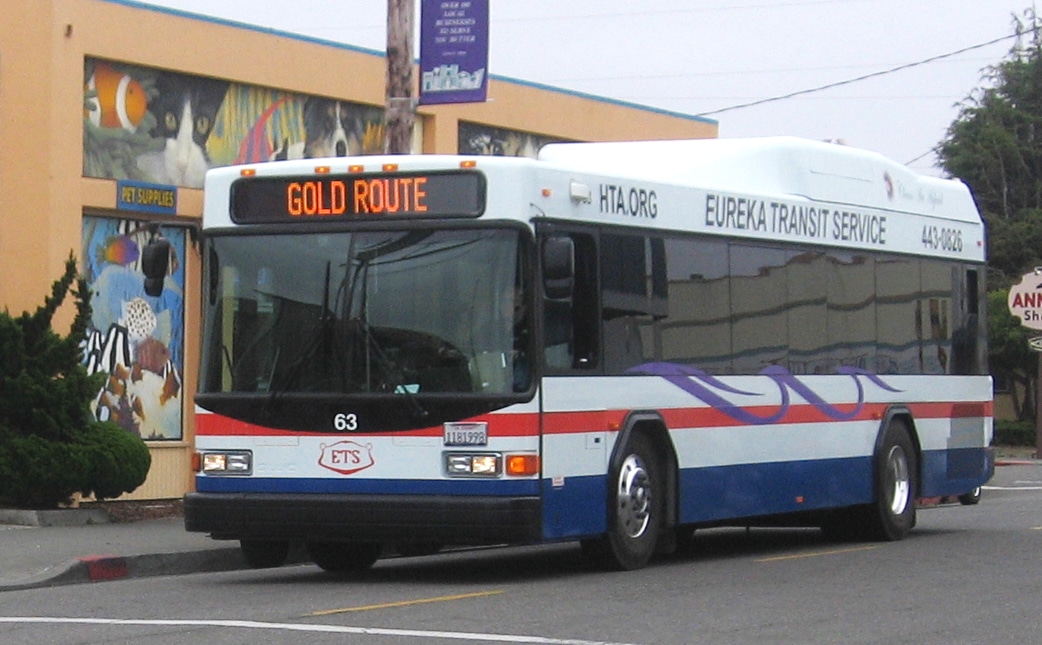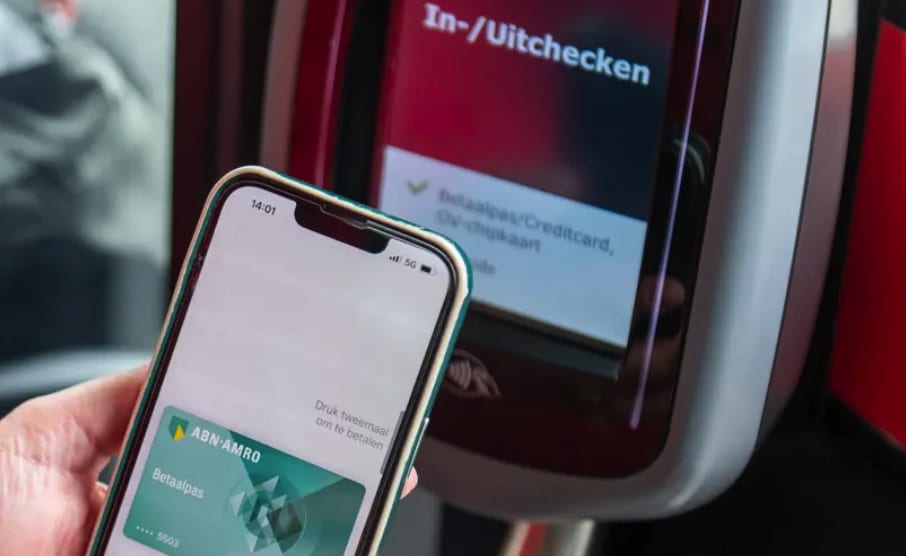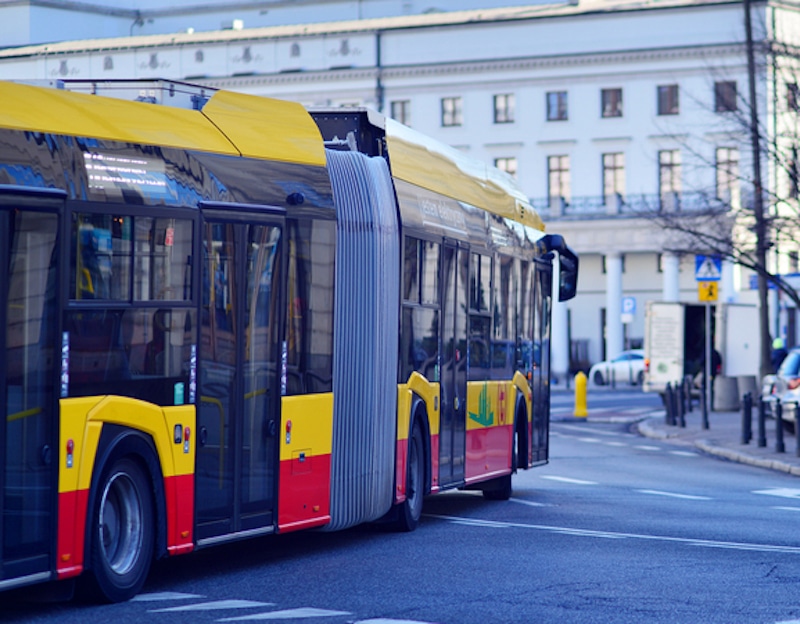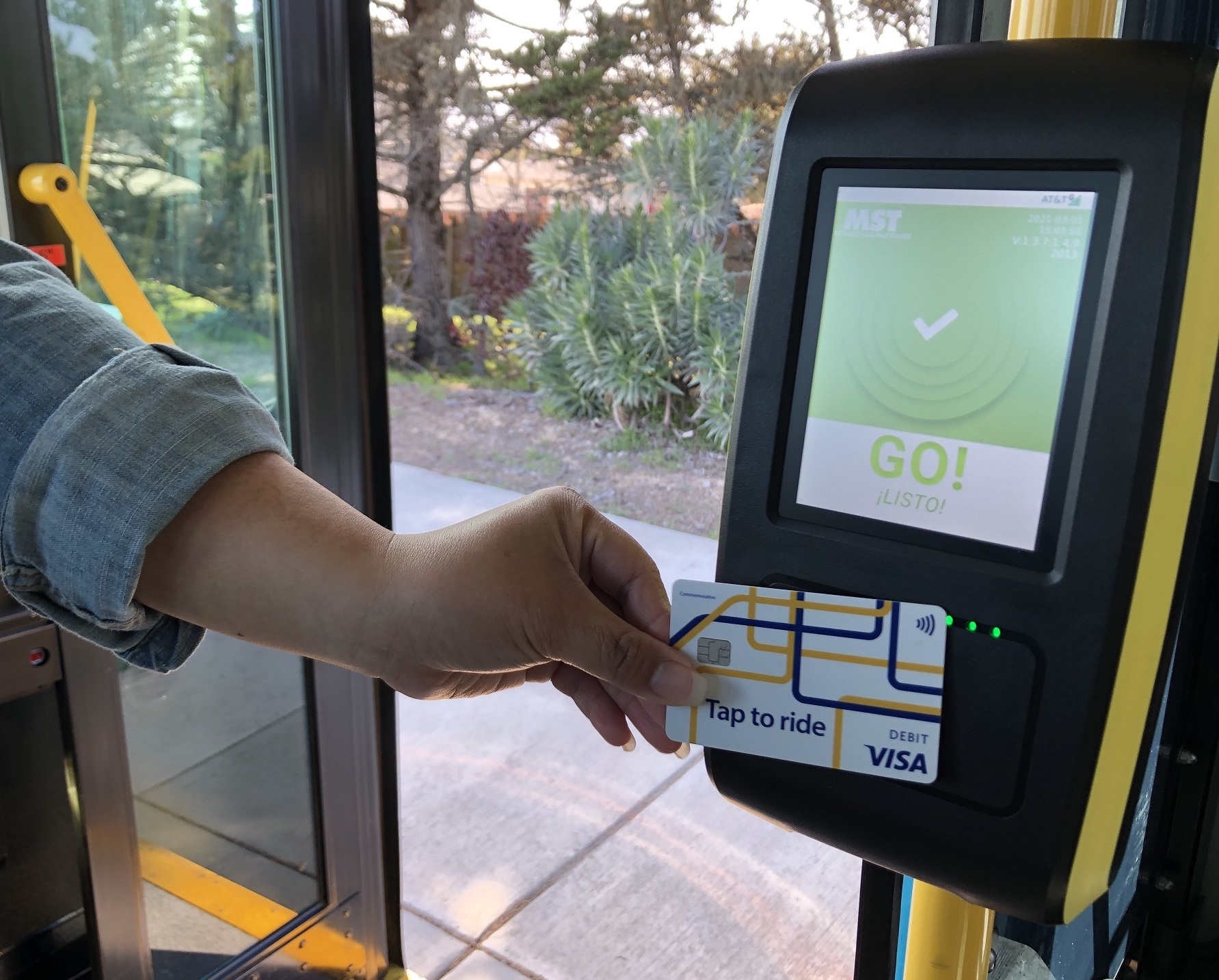
Article Highlights
A small California bus agency, with state backing, has launched an innovative system that enables customers to verify their eligibility for fare discounts online, then instantly link that eligibility to a standard contactless open-loop credit or debit card. But there is a major drawback, at present. The system doesn’t yet work with bank cards loaded into NFC mobile wallets.
Agencies that have rolled out open-loop payments have reported a growing share of their contactless transactions are from NFC wallets, including New York’s MTA, which said wallets accounted for 67% of all transactions for its OMNY open-loop service, while Transport for New South Wales in Sydney said NFC wallet transactions accounted for 55% of all contactless trips.
California bus agency Monterey-Salinas Transit recently launched what is believed to be the first system of its kind globally that enables customers to verify their eligibility for fare discounts online, then instantly link that eligibility to a standard contactless open-loop credit or debit card.







